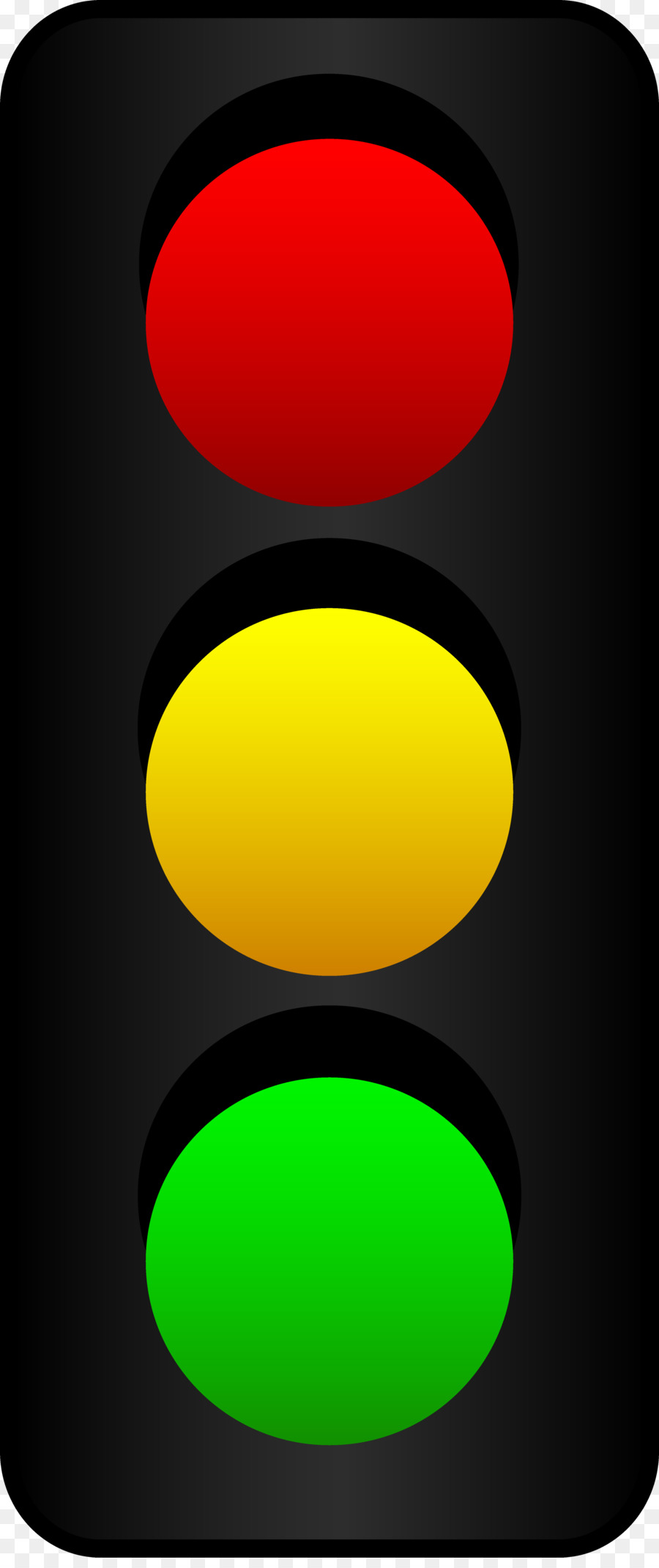Do you ever feel like you’re stuck sitting at a red light, waiting for something to change? Or perhaps you’ve been on the other end of that situation, watching as someone else blasts through the intersection without a second thought. Well, whether you’re the driver or the observer, there’s one thing we can all agree on: Traffic stops suck.
Why Do We Have Traffic Lights?
But why do we need these pesky signals in the first place? At their core, traffic lights exist to keep people safe and organized on the road. Without them, chaos would undoubtedly ensue as drivers jockeyed for position, pedestrians risked their lives crossing busy streets, and accidents piled up on every corner.
Of course, that doesn’t mean the system is perfect. In fact, the very existence of traffic lights can create new problems of their own. Think about it - every time someone has to come to a complete stop, they’re burning fuel, wasting time, and releasing harmful emissions into the air.
The Psychology of Traffic Stops
But perhaps an even bigger issue with traffic lights is the psychological toll they take on drivers and pedestrians alike. Have you ever noticed how tense you feel when you’re waiting for the light to turn green? Or how impatient you get when the person in front of you takes just a little too long to hit the gas?
Part of this is simply human nature. We’re wired to constantly seek out rewards and avoid punishments, so any delay or inconvenience can feel like a major setback. But there’s also something about traffic lights specifically that seems to make people extra irritable.
One possible explanation is what psychologists call “loss aversion.” Basically, this means that people tend to feel the pain of losing something more intensely than they feel the pleasure of gaining something equivalent. In other words, if you’re stuck at a red light, you might feel like you’re “losing” time or progress, and that can be incredibly frustrating.
Another factor is the concept of “social facilitation.” Essentially, we tend to perform better when we’re being watched or assessed by others, and we tend to perform worse when we’re alone. So when you’re sitting at a stoplight and there are other drivers around you, you might feel like you’re being judged for every minor mistake or delay - and that can crank up the anxiety even more.
The Costs of Traffic Stops
But beyond the intangible psychological costs, there are also tangible financial costs associated with traffic stops. For example, studies have shown that sitting at red lights costs the average American driver around $1,348 in lost productivity and wasted gas every year. That might not sound like a lot, but when you consider that there are millions of drivers on the road every day, the numbers start to add up quickly.
At the same time, traffic lights can also create new expenses for municipalities and taxpayers. For example, installing and maintaining a traffic signal can cost anywhere from $80,000 to $200,000 or more, depending on the complexity of the intersection. And that’s just the initial expense - ongoing maintenance costs can be just as high, if not higher, depending on the intensity of use and level of wear and tear.
The Future of Traffic Stops
So what can we do to improve the traffic stop experience? For starters, researchers are exploring new ways to optimize traffic flow and reduce the amount of time drivers spend waiting at red lights. One approach is to use smarter sensors and algorithms to dynamically adjust signal timings based on traffic patterns and real-time conditions.
Another option is to replace traditional traffic lights with roundabouts or other more fluid intersection designs. These circular intersections are proven to reduce delays, increase efficiency, and lower accident rates - at least, if they’re designed and implemented correctly.
The Takeaway
At the end of the day, there’s no denying that traffic stops are a nuisance. They waste our time, money, and energy, and can cause unnecessary stress and frustration. But they’re also a necessary evil - at least, until we come up with a better way to keep drivers safe and organized on the road.
So the next time you find yourself stuck at a red light, take a deep breath and try to see the silver lining. Maybe it’s a chance to catch up on your favorite podcast, or to take a few minutes to reflect and relax. And who knows - with enough ingenuity and perseverance, maybe we’ll find a way to eliminate traffic stops altogether.
Image sources:
Stop Light Clipart | Clipart Panda - Free Clipart Images | Traffic

Stop Light Behavior Chart Printable Download: BEHAVIOR | Etsy
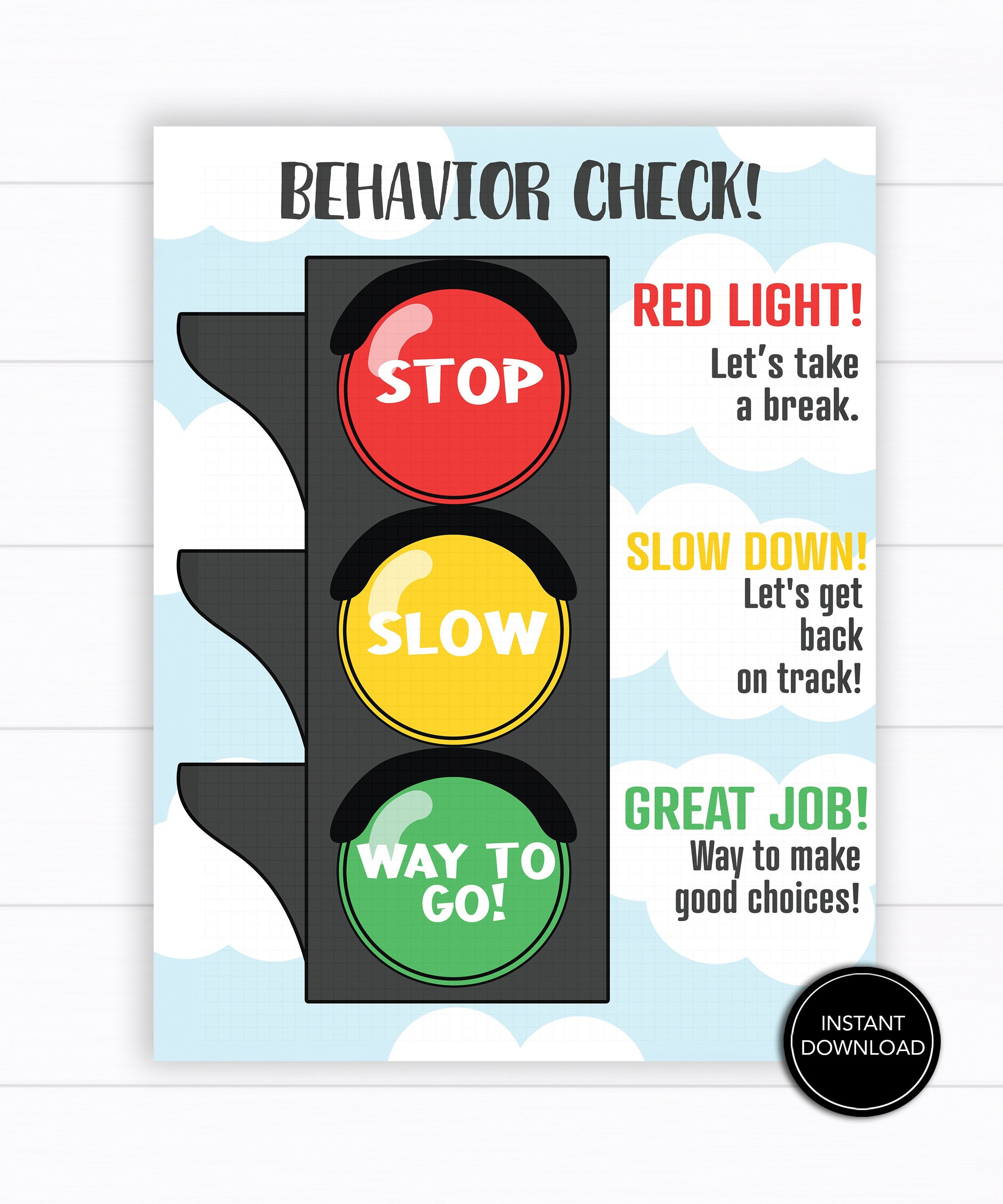
Free Stop Light, Download Free Stop Light png images, Free ClipArts on
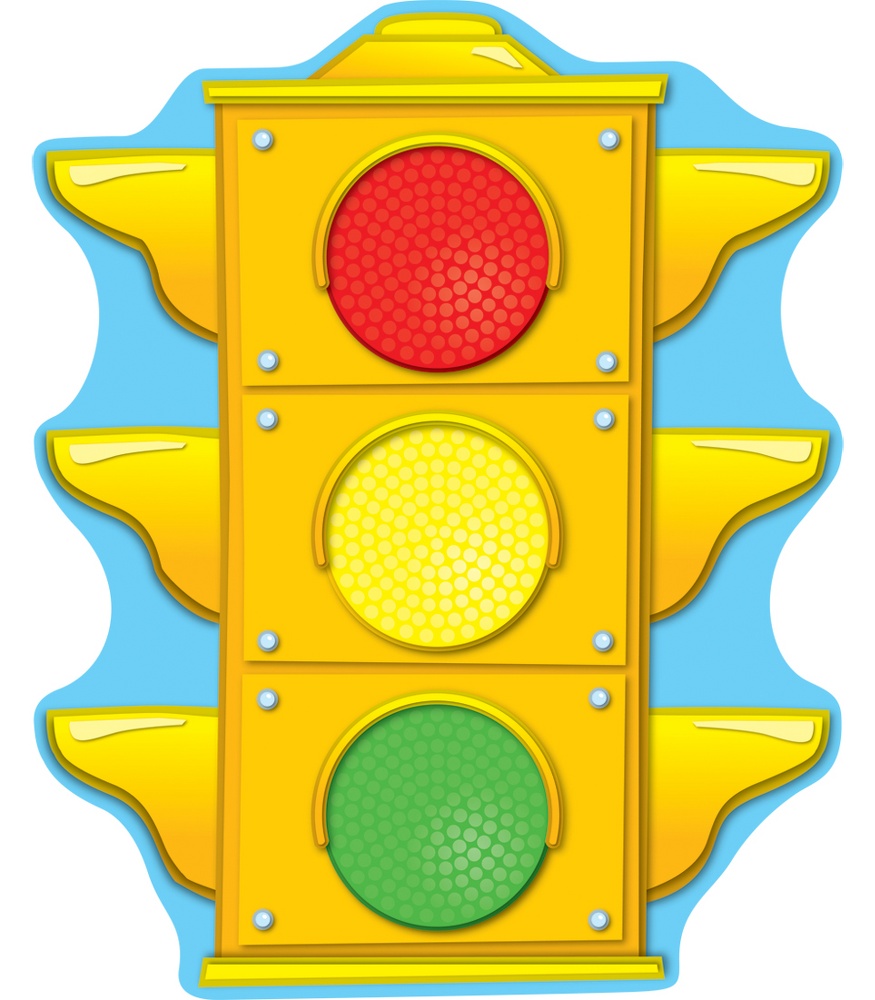
Stoplight TEMPLATE - ClipArt Best

Stoplight Print | Zazzle
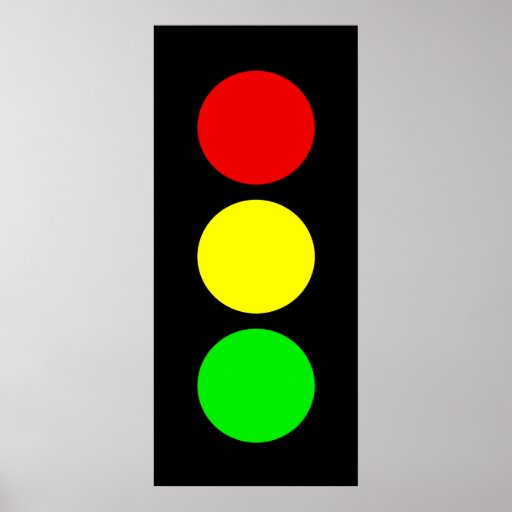
Pin on Young Women

Stoplights clipart 20 free Cliparts | Download images on Clipground 2023
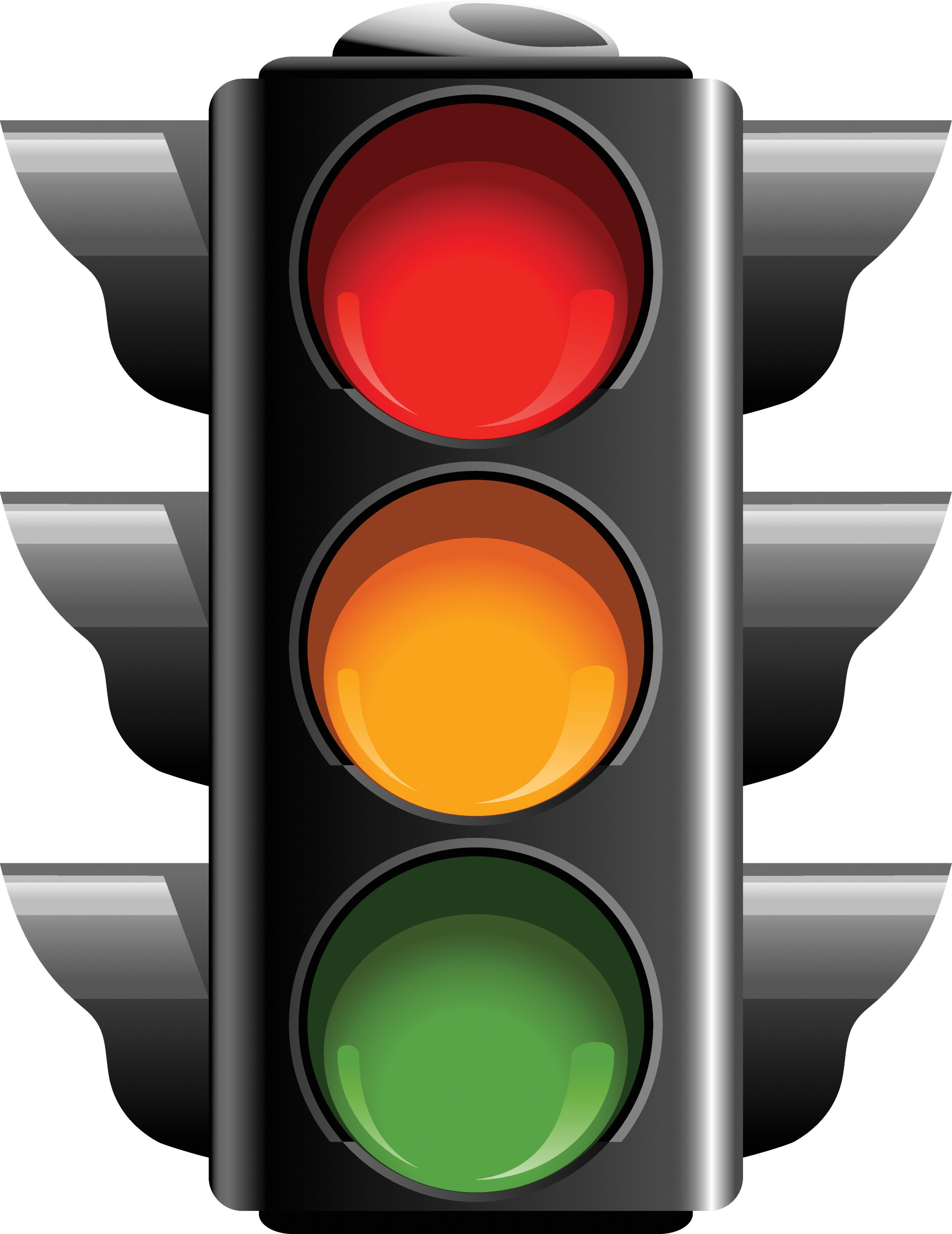
Traffic Signs And Stop Lights Coloring Pages

Light signal clipart - Clipground

Lampu Lalu Lintas, Lalu Lintas, Kartun gambar png
